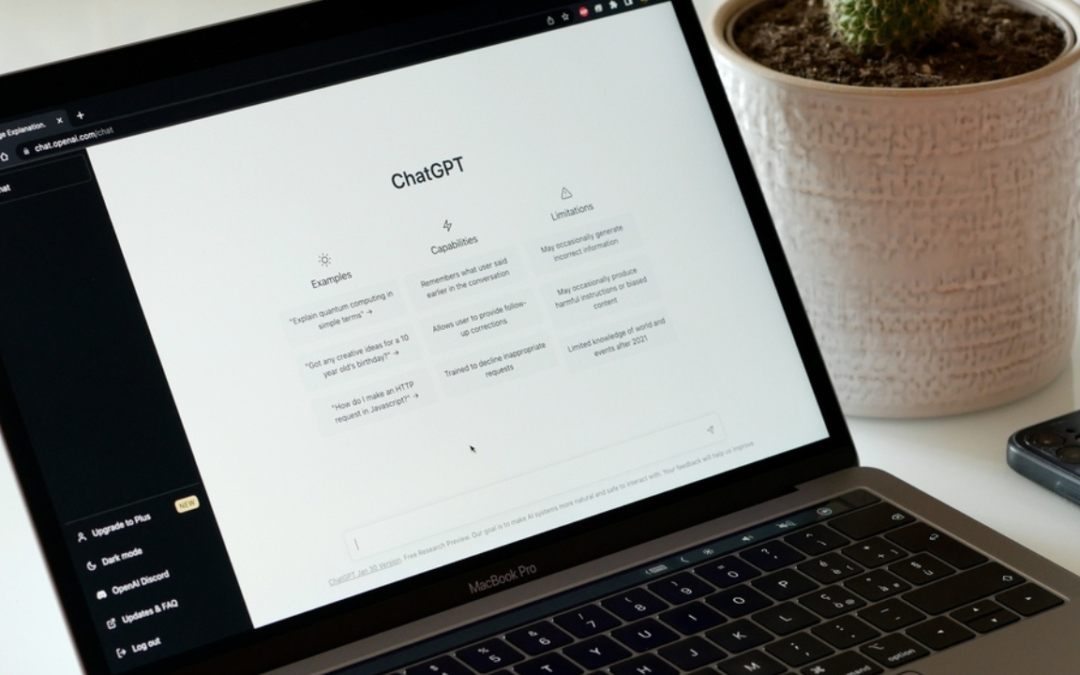History repeats itself. This idea, first floated by the Greek Hellenistic historian Polybius about 2000 years ago, gives us some hope for life after COVID-19. After all, this is not humanity’s first pandemic and it won’t be our last. Not too long ago, we faced a terrifying scourge in the HIV/AIDS crisis. And it actually changed us for the better.
In the late 1980’s, the United States was in denial about the epidemic it faced. The Reagan Administration’s initial response to HIV/AIDS ranged from dismissive to tragic to horribly offensive. When asked about “the gay plague”, Presidential press secretary Larry Speakes replied “I don’t have it. Do you?” And the press room erupted in laughter.
It fell to patient groups like “ACT UP” to galvanize public opinion. They took advocacy to a new level, forcing government and pharma companies to confront the crisis. Their methods were driven by necessity – a tight-knit community experiencing painful death rates – but they changed healthcare for ever. The HIV/AIDS activist movement led to accelerated drug research and development, streamlined regulatory pathways, principles of patient access to critical medicine, and foundational innovation in immunology.
Today, some forty years later, the COVID-19 pandemic can change healthcare in equally fundamental ways by breaking down regulatory barriers and driving needed incentives for systemic change. Two critical innovations are already emerging – virtual healthcare and national scale data.
Virtual healthcare. Despite most of society embracing the secular shift to digital communication and work, healthcare has been surprisingly resistant. Restrictions on reimbursement by public and private insurers has dis-incentivized adoption of technology solutions. Doctors and patients (especially elderly populations) have been reluctant to integrate technology into their workflows and behaviors. As recently as January, less than a quarter of U.S. healthcare organizations offered virtual care programs.
Now, out of necessity, this is beginning to change.
Doctors have moved, en masse, to offer telemedicine in order to serve patients unable to visit clinics or hospitals. Federal regulators, followed by private insurers, have introduced waivers to broaden access to non-emergency services and committed to pay for telephonic medicine. The Centers for Medicare & Medicaid Services (CMS) now cover telehealth appointments, while HIPAA data privacy rules have been changed to enable the use of Apple’s FaceTime and Microsoft’s Skype to connect doctors and patients.
This sudden revolution in virtual care can lead to a range of positive outcomes including remote diagnostics and home-based monitoring for early detection of illness. The efficiency of virtual care could enable an increase in “home visits” by medical professionals, which benefits patients’ quality of life and helps doctors better understand the impact of the home environment on health.
National scale data. The testing debacle in the US left us without the knowledge to effectively respond to the COVID-19 crisis and will slow our ability to re-open the economy. But even if we had the tests, we still lack a national health data network that would have enabled early identification of disease and swift public health response. The potential impact of “syndromic surveillance,” utilizing integrated health data, was demonstrated in March when a New York City Department of Health database of all emergency room health data showed early indications of “flu-like illness that signaled community spread of the virus.
Given the lack of national data to manage the pandemic, private institutions such as Johns Hopkins and the Institute for Health Metrics and Evaluation have stepped in to collect and analyze fragmented state and local data. This approach has limitations, but it has helped individual states to identify disease prevalence and design local mitigation strategies.
Ironically, unrelated to the crisis, the federal government in March issued long-awaited guidance on enhancing data-interoperability and increasing patient access to health information. This is a step in the right direction, but such the guidelines rely on Electronic Health Records vendors, health systems, and payors to implement and will take years to impact the system.
We need much more.
Most acutely, a robust, public, national-scale surveillance system including widespread testing and tracing, as has been recommended by a bipartisan group of experts and former regulators, is the key to effectively managing the COVID-19 crisis and reopening the economy. But nationally integrating health data from electronic health records, genetic data, and other sources of clinical data could have even greater long-term impact. While the confidentiality of an individual’s health data needs to be well-protected, this can be achieved in a manner that promotes data-driven innovation, rather than stifling it in the name of “privacy.”
Data analytics de-identified to an individual can drive quality standards, increase information about the cost of healthcare, and help create incentives for high-impact, low-cost preventative interventions. When approved by patients, deep genotypic and phenotypic data could powerfully enhance therapeutics research and drive much better outcomes by matching the right treatments to patients and patient populations. Data-enabled innovation has the potential to underpin a rapid evolution toward a true system of value-based care in which the US leads the world not in how much we spend on health care, but instead on the quality and value of healthcare we receive.
Virtual health and national-scale data may only be the beginning of the positives that can come out of the COVID-19 pandemic. Doctors and healthcare workers are throwing out historic playbooks and adapting to new conditions, often at risk to their own lives and in the process innovating new models for delivering healthcare. Scientists and businesses are working nimbly and collaboratively to find solutions and develop therapies. In order for these heroic efforts to drive enduring change, however, we need to change incentives (principally reimbursement and payment structures) and dismantle regulatory barriers to innovation.
The HIV/AIDS crisis spawned new non-governmental practices that fundamentally altered how we conduct research and develop drugs. The COVID-19 crisis has the potential to have an even greater impact by enabling long-overdue and critical improvements in epidemiology, healthcare delivery and public health management.
History may not exactly repeat, but let’s hope it finds the best rhymes.
Julie Sunderland is Co-Founder of Biomatics Capital and the former head of the Bill & Melinda Gates Foundation’s strategic investment fund.
Bob More is a Managing Director of Alta Partners and a Senior Advisor to the Bill & Melinda Gates Foundation.
Kirsten Axelsen is a Visiting Scholar with the American Enterprise Institute. She is also a consultant with clients that include biopharmaceutical companies.



